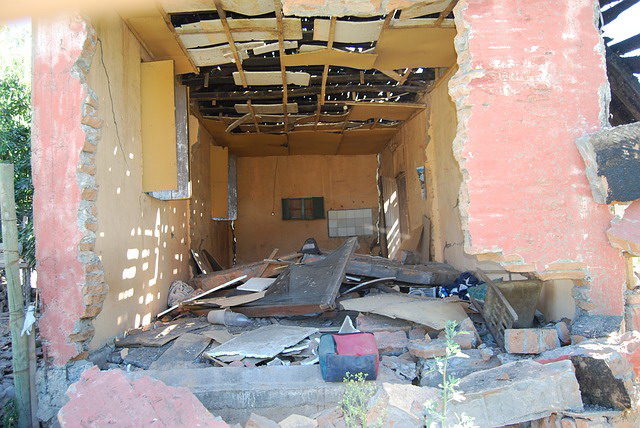Seismic Waves: How Fast Do They Go?
Think about when you throw an object into water. Maybe a pebble into a pond or a toy into a pool, but you throw it. Look closely at the water when you throw the object. It changes, right? Water moves away from the object in small waves. Earthquakes work similarly to this. The effects that people feel for miles are waves from the initial impact. Obviously, the impact that caused the earthquake is not the same as throwing an object into water, but the effect with the waves is close.
Now, when you feel those waves, you are not feeling the impact as it happened. Unless you are close to the center of the earthquake, you will feel the waves alone. It is like the water. There is the center of the impact, but waves move that force through the water. In the same way, the initial force from the earthquake will move in waves for miles. The waves weaken as they go, but they can travel far. Just how fast do they go, though?

The Speed
There is no one speed of seismic waves. All waves are fast, compared to how we travel, but not all will move at equal speeds. Their speed depends on a number of factors, such as the material. The waves change in speed greatly depending on the material through which they travel. Their speed in air, water, and rock are completely different. The speed can go anywhere from the speed of sound to much, much higher. Some materials, like water, may actually slow the waves down considerably.
Other environmental factors can affect the speed. Waves will change in speed depending on the temperature, as an example. This means that waves going through the same materials may change speeds if the temperatures are not the same.
Different Waves
It is important to keep in mind that not all waves are the same. With an earthquake, different waves are occurring at the same time. P-Waves and S-Waves are the two that occur within an earthquake. The interesting thing about them is that, while they come from the same earthquake, they do not go the same speeds. P-Waves travel at higher speeds, with a speed potential nearly double that of S-Waves. S-Waves, however, can be far stronger.
When attempting to get the distance of a wave, or the potential distance of a wave, you have to think about the material, temperature, overall environment, and type of wave. The speed can change significantly depending on these factors.
Science fair project for 3rd, 4th, 5th, 6th grade students.




